Criss Cross Lacing Method
Criss Cross Lacing Method
Criss Cross Lacing method is probably the most common method of lacing normal shoes, sneakers and boots. The laces simply criss-cross as they work their way up the shoe.
Lacing Technique
1. Begin straight across on the inside and out through the bottom eyelets.
2. At each eyelet pair, cross the ends, feeding under the sides and out through the next higher set of eyelets. Repeat until lacing is completed.
How to criss cross laces
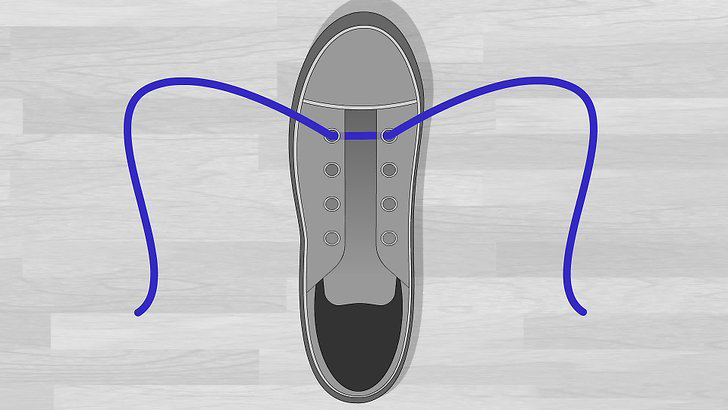
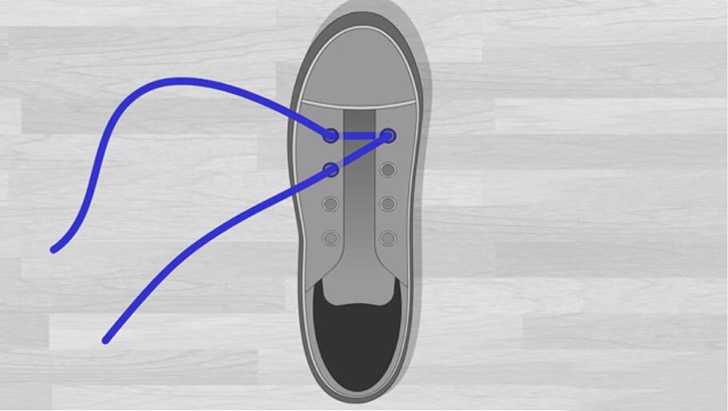
2. Working in a diagonal direction, insert the right end of the shoelace into the next left hole from the top. Alternate method: You can insert the lace pointing from the front of the shoe inward (instead of going from the inside pointing outward), to give a more neat appearance.
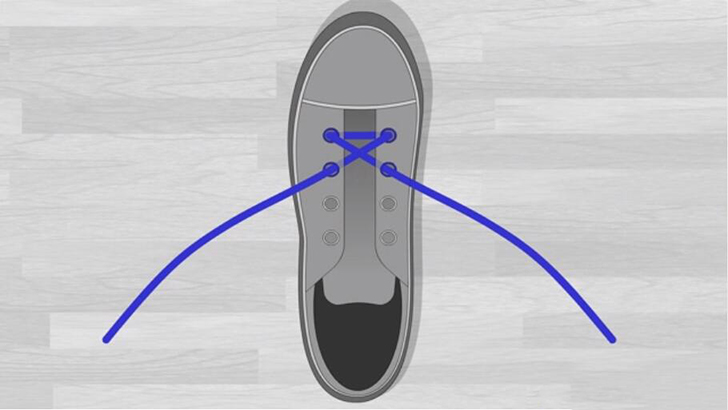
3. Insert the left end of the shoelace into the next right hole.
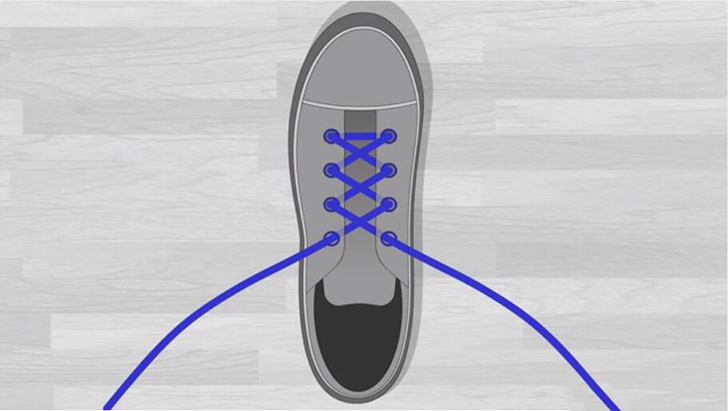
4. Continue working your way down until you reach the ends.
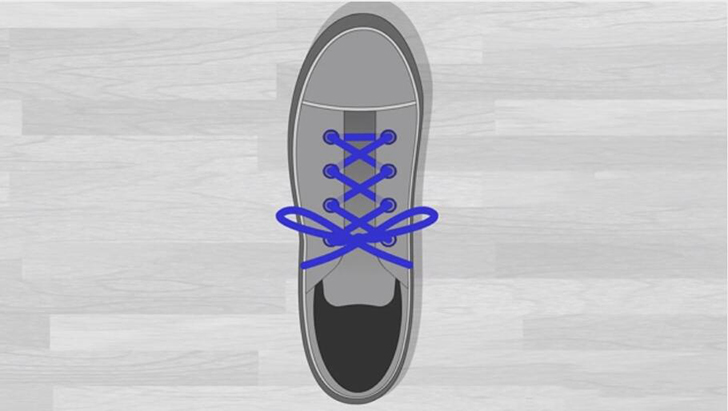
5. Make a bow (as below).
Criss Cross Shoes Features
- Traditional look
- Easy to lace
- Comfortable
- Corrugates shoe
Notes
Criss Cross tie knot is also a preferred shoe lacing method, primarily because the intersection of the laces occurs in the gap between the sides of the shoe and therefore does not press against the top of the shoe.
Criss Cross Sneakers & Shoes
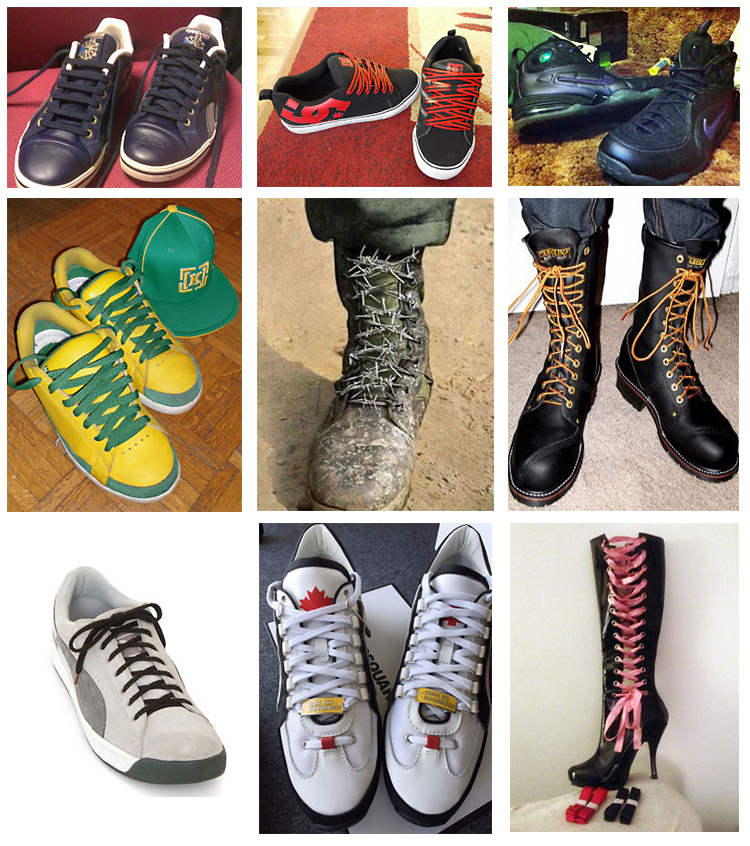
Criss-Cross Lacing – Factory Variation
Criss-Cross Lacing has a subtle change that has appeared in many prefabricated shoes from the factory. The lacing passes through the exterior from the bottom gray portion and the first intersection begins inside. The rest of the ties are normal.
Visually, this is not consistent and therefore less attractive. Functionally, there is no good reason for this change. The possible exception is to move the lowest pressure point up a bit.
So what is the main reason for this change?
Historically, for some time, the manufacturer was transporting shoes, the ends of the laces were fed into the bottom eyelet, and simply neatly hidden in the shoe. In the years that followed, as competition became more intense and labor became cheaper, manufacturers began to wear shoes all the time, but they always did, because they always sent the bottom into the bottom hole. This will lead to the lacing we see today, with an “internal” cross at the bottom.
Shoelace Lengths for Criss Cross Lacing



Leave a Reply
You must be logged in to post a comment.